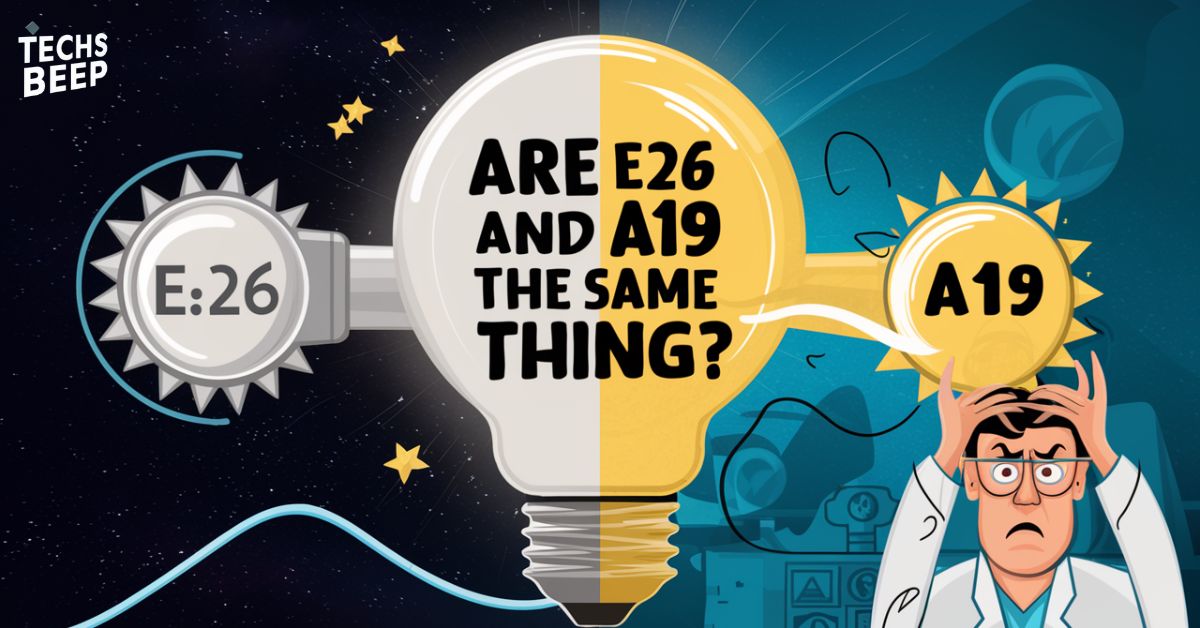E26 and A19 are two different things. E26 refers to the base of a bulb. A19 describes the shape and size of a bulb. Most A19 bulbs have E26 bases. But not all E26 bulbs are A19 shaped. They’re related but different parts of a light bulb.
Confused about light bulbs? Ever wondered if E26 and A19 mean the same thing? You’re not alone! Let’s clear up this common mix-up and make your next trip to the hardware store a breeze.
E26 is the most common base type in the US. It fits in standard light sockets. A19 is the classic light bulb shape we all know. Most A19 bulbs use E26 bases, but other shapes can too. Let’s explore the key differences and share some tips to help you choose the right bulb for your needs.
What is an E26 Base?
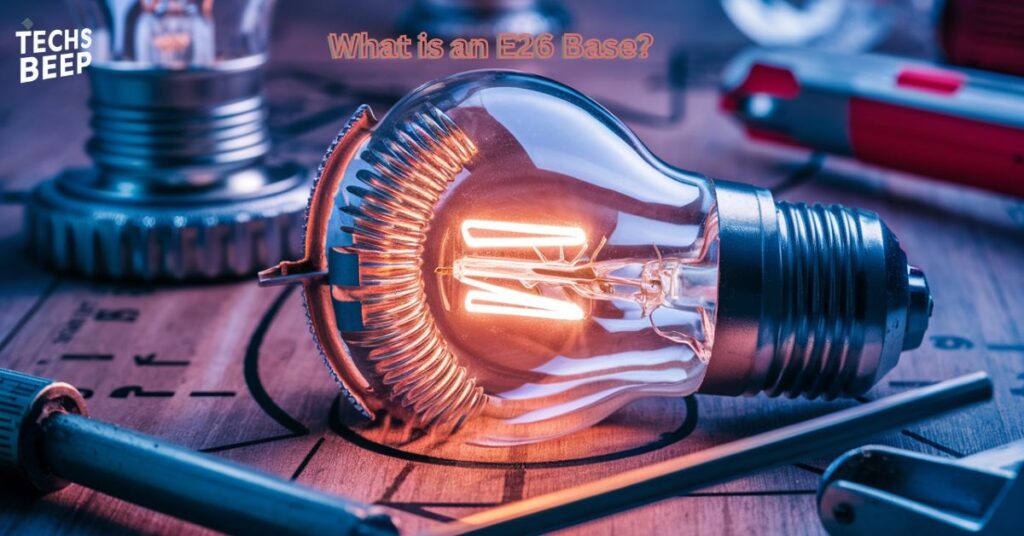
E26 Base is the standard light bulb base in North America. It features a 26mm diameter screw base, named after Thomas Edison. This versatile base is found in most household fixtures, from table lamps to ceiling lights.
E26 bases work with various bulb types, including incandescent, CFL, and LED. This compatibility allows for easy upgrades to more energy-efficient options. The widespread use of E26 makes finding replacement bulbs simple and convenient.
E26 bases fit most North American fixtures but other factors matter too. Bulb shape, size, and wattage should be considered for optimal performance. Always check your fixture’s specifications when selecting new bulbs.
What is an A19 Bulb?
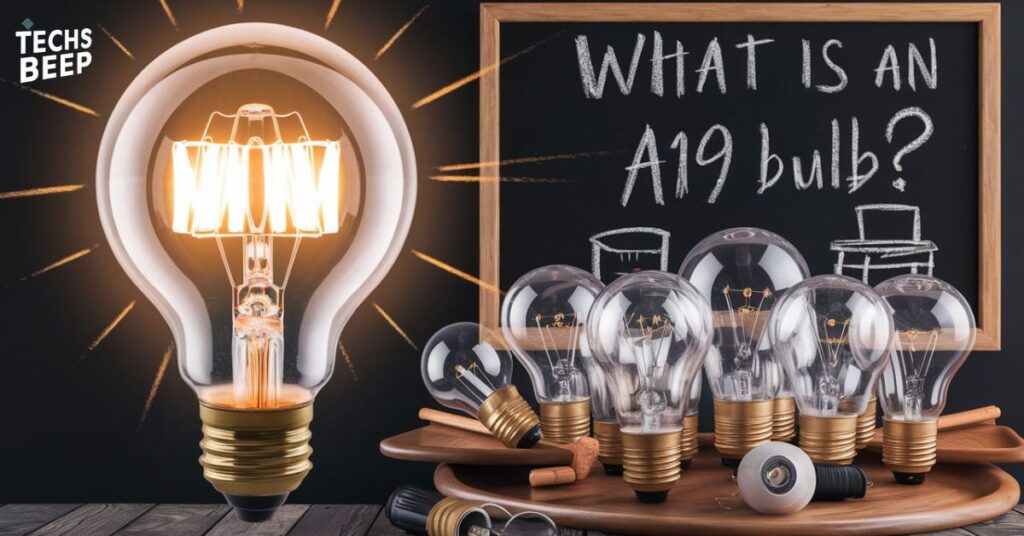
AA19 bulbs are a common household light shape. They have a pear-like profile with a rounded top. The design has evolved from incandescent to include LED and CFL technologies.
A in A19 stands for arbitrary, referring to the standard shape. 19 indicates the bulb’s diameter in eighths of an inch. A19 bulbs typically measure 4.13 inches in length from base to tip.
These bulbs are versatile and widely used. They’re found in table lamps, floor lamps, and ceiling fixtures. A19 bulbs are suitable for both ambient and task lighting in homes, offices, and various other settings.
Read this article: Heat Pump Systems: Efficient Heating and Cooling Solutions for Modern Homes
Are E26 and A19 the Same?
Are E26 and A19 the same? Not exactly. They’re related, but they refer to different parts of a light bulb. E26 is about the base, while A19 is about the bulb’s shape. Understanding this can make buying lights easier. Let’s break it down.
E26 means the base of the bulb. The “E” is for Edison, the guy who invented it. The “26” is how wide the base is in millimeters. It’s the most common type in the US. When you screw a bulb into a lamp, you’re using the E26 part.
A19 describes the bulb’s shape and size. “A” stands for arbitrary, which is a fancy way of saying it’s the standard bulb shape. The “19” tells us it’s 19/8 inches wide. Most A19 bulbs have E26 bases. But not all E26 bulbs are A19 shaped. You can have different shaped bulbs with E26 bases.
Advantages of Using E26 and A19 Bulbs
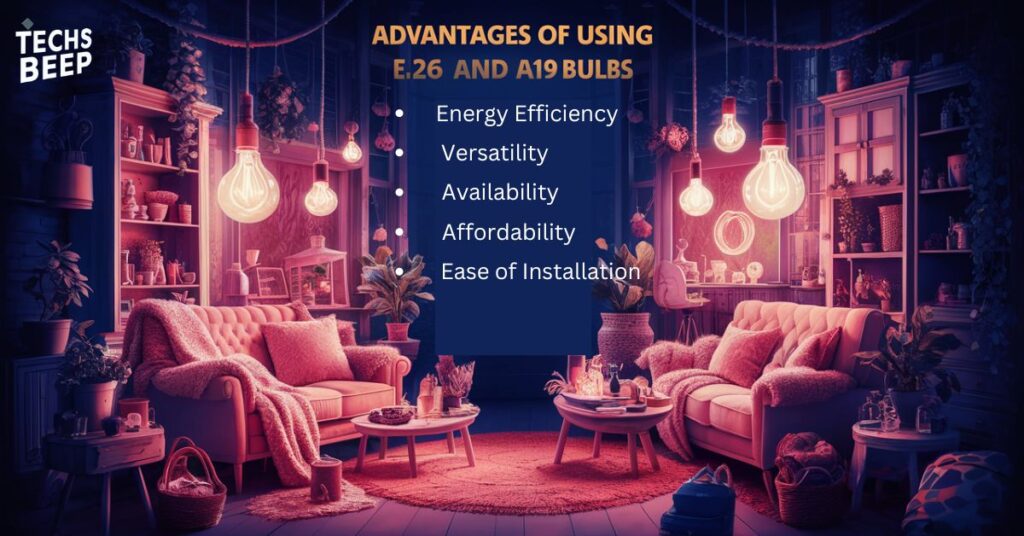
When replacing E26 and A19 bulbs, safety should be your top priority. Always turn off the power and let the old bulb cool before handling. Use a stable ladder for overhead fixtures and wear gloves to protect your hands. These simple steps can prevent accidents and injuries during the replacement process.
Proper disposal of old bulbs is crucial for environmental protection. Check your local recycling guidelines for specific instructions. Keep CFL and LED bulbs separate from regular trash. Many areas have designated recycling centers for fluorescent and CFL bulbs, while some manufacturers offer take-back programs for specialty bulbs.
To ensure the longevity of your new bulbs, follow a few best practices. Handle new bulbs by their base to avoid damaging the glass. Check that the wattage is appropriate for your fixture. Clean the socket gently before insertion and avoid over-tightening the bulb. These habits will help maintain your lighting and extend bulb life.
E26 vs A19
| Characteristic | E26 | A19 |
| Refers to | Base of the bulb | Shape and size of the bulb |
| Meaning | E = Edison screw type 26 = 26mm diameter base | A = Arbitrary (standard shape) 19 = 19/8 inches (60mm) Diameter |
| Standard | Most common in North America | Most common household bulb shape |
| Compatibility | Fits standard light sockets | Usually has an E26 base |
| Interchangeability | Can be used with various bulb shapes | Typically uses E26 base but not always |
| Examples | Can be found on A19 globe candle and other shaped bulbs | Classic “light bulb” shape |
| Usage | Describes how the bulb screws in | Describes what the bulb looks like |
How to Choose the Right Bulb for Your Needs
Selecting the appropriate light bulb involves considering various factors to ensure optimal lighting performance and compatibility with your existing fixtures.
1. Consider Your Fixture: Examine your light fixture to determine the required base type, bulb shape, and maximum wattage it can safely accommodate.
2. Assess Lighting Requirements: Evaluate the purpose of the lighting in the space, considering factors like brightness (lumens), color temperature, and whether features like dimmability are needed.
3. Check Compatibility: Ensure the bulb’s base type like E26 and shape like A19 are compatible with your fixture, and verify any special requirements like enclosed fixture ratings.
4. Budget Considerations: Compare the initial cost of the bulb with its long-term energy efficiency and lifespan to determine the most cost-effective option for your needs.
5. Environmental Impact: Consider choosing energy-efficient LED bulbs to reduce power consumption and minimize the environmental impact of your lighting choices.
Common Mistakes When Choosing Light Bulbs
Color temperature is often overlooked when choosing light bulbs. This can lead to harsh lighting in living areas or overly warm light in workspaces. The wrong color temperature affects mood and productivity, impacting the room’s ambiance and functionality.
Many consumers focus only on initial bulb costs, ignoring energy efficiency. This oversight results in higher electricity bills and increased environmental impact. By neglecting energy-efficient options like LEDs, people miss out on long-term savings and eco-friendly lighting solutions.
Dimming compatibility is frequently disregarded when purchasing new bulbs. This can cause flickering, buzzing, or lighting system failure. Failing to check compatibility, especially with LEDs, may lead to frustration and extra costs in replacing bulbs or dimmer switches.
Tips for Replacing E26 and A19 Bulbs
When replacing E26 and A19 bulbs, safety should be your top priority. Always turn off the power and let the old bulb cool before handling. Use a stable ladder for overhead fixtures and wear gloves to protect your hands. These simple steps can prevent accidents and injuries during the replacement process.
Proper disposal of old bulbs is crucial for environmental protection. Check your local recycling guidelines for specific instructions. Keep CFL and LED bulbs separate from regular trash. Many areas have designated recycling centers for fluorescent and CFL bulbs, while some manufacturers offer take-back programs for specialty bulbs.
To ensure the longevity of your new bulbs, follow a few best practices. Handle new bulbs by their base to avoid damaging the glass. Check that the wattage is appropriate for your fixture. Clean the socket gently before insertion and avoid over-tightening the bulb. These habits will help maintain your lighting and extend bulb life.
The Future of Light Bulb Technology
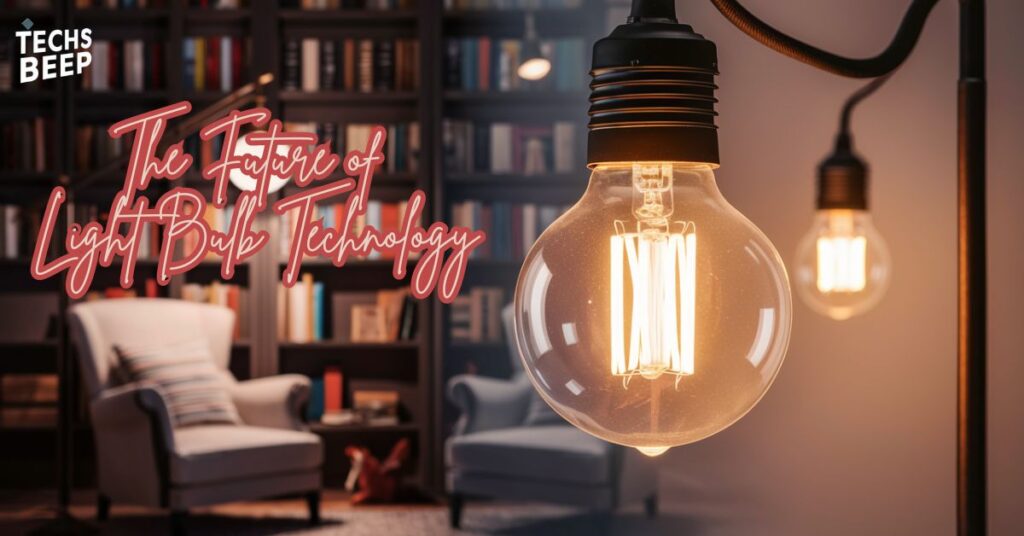
Smart LED bulbs are changing home lighting. They offer color-changing capabilities and remote control. Users can adjust ambiance easily using smartphones or voice commands.
OLED technology is developing ultra-thin, flexible light panels. These could be integrated into various surfaces. This innovation may revolutionize interior design and architectural lighting.
Quantum dot LEDs are improving color quality and efficiency. They allow for precise control of light spectrums. This technology could better mimic natural sunlight, potentially benefiting health and comfort.
Read this article: OLED Basics
Final Thoughts
E26 and A19 are crucial terms in the world of light bulbs, each describing different aspects of a bulb’s design. E26 refers to the base type, while A19 denotes the shape and size of the bulb’s outer shell, both important factors when selecting the right lighting for your space.
By understanding these designations, you can ensure that you purchase bulbs that fit your fixtures and provide the desired lighting effect. This knowledge empowers you to make more efficient and effective decisions when upgrading or replacing your home or office lighting.
Armed with an understanding of E26 and A19, you can avoid the frustration of buying incompatible bulbs or ones that don’t suit your needs. This awareness not only saves time and money but also helps you create the perfect lighting ambiance for any room or setting.
Frequently Asked Questions
What does E26 stand for?
E26 stands for Edison 26mm, referring to the screw base diameter of a standard light bulb.
What does A19 mean?
A19 describes a light bulb’s shape and size, with “A” indicating the standard teardrop shape and “19” denoting a diameter of 2.375 inches.
Can an E26 base fit an A19 bulb?
An E26 base can fit an A19 bulb, as these designations refer to different aspects of the light bulb.
Are E26 and A19 bulbs interchangeable?
E26 and A19 are compatible and often used together, but they describe different aspects of a light bulb – the base and shape respectively.
What should I consider when buying E26 or A19 bulbs?
Consider fixture compatibility, lighting needs, energy efficiency, and budget when selecting E26 or A19 bulbs.
